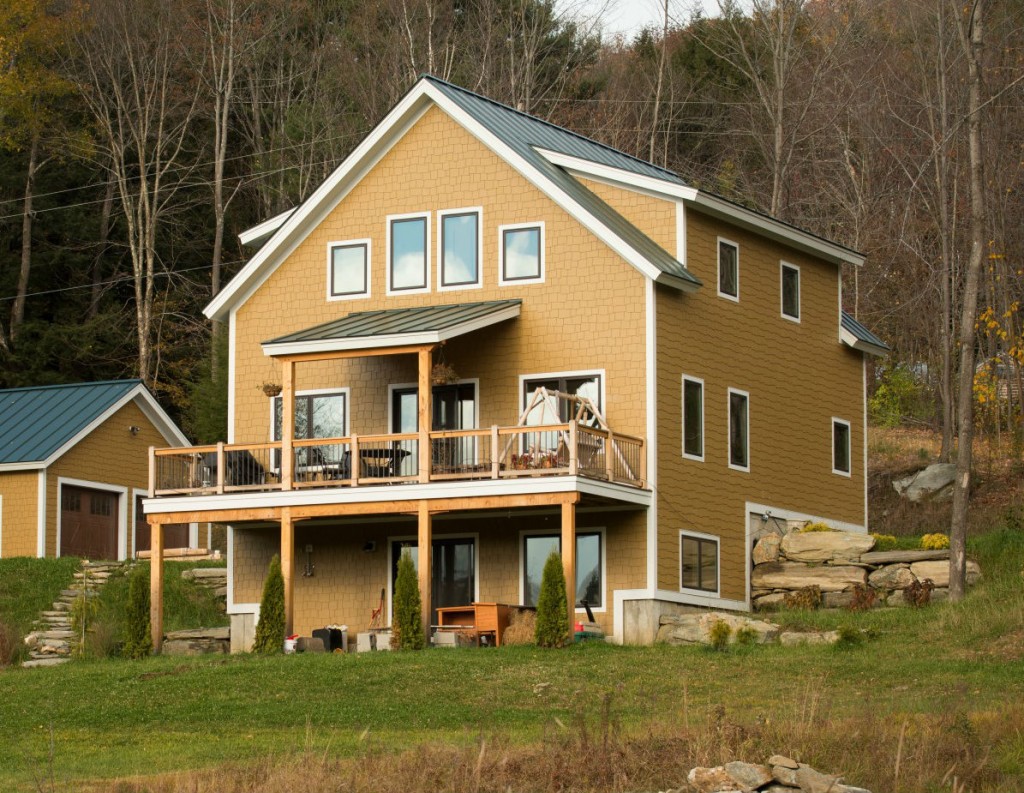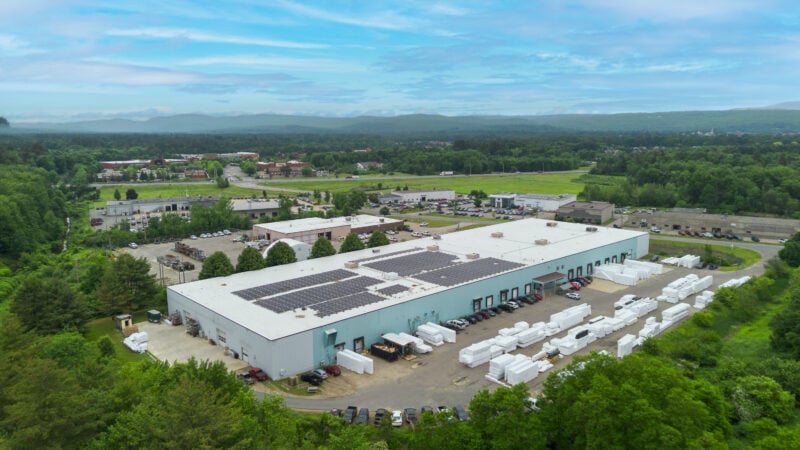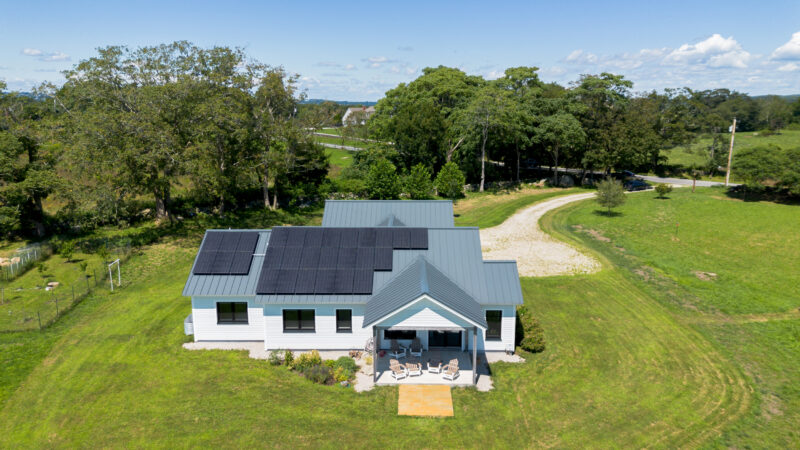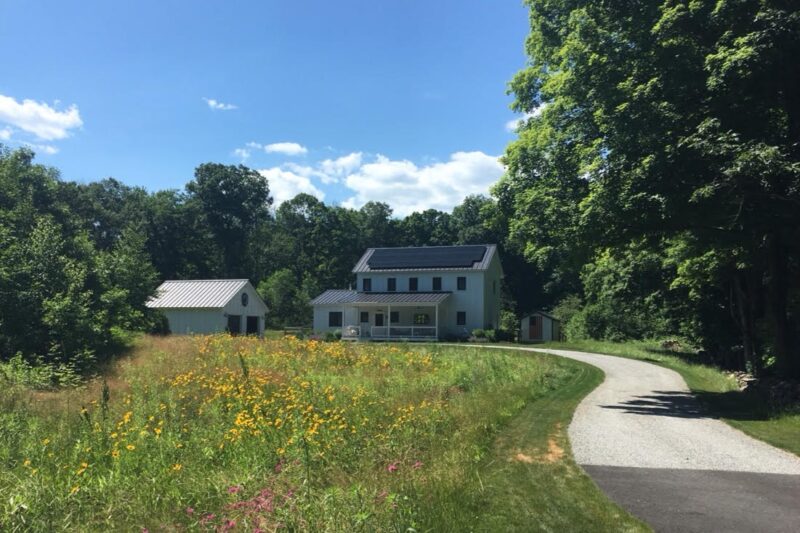Many programs have been established to measure the energy efficiency and environmental impact of new buildings. The plethora of options can make it difficult even for those of us in the industry to keep track of the programs and acronyms. This post attempts to shed light on the more popular rating systems, and the ways in which Unity Homes is meeting or exceeding their targets.
The building geeks out there will likely be very impressed to learn that a Unity Home was recently awarded a HERS rating of 34 (and without incorporating renewable energy). Those who are not versed in home energy rating systems might be interested to know what this means, and why we believe it’s important.
Certificate showing HERS Rating of 34
HERS stands for Home Energy Rating System, and it was developed by RESNET – the Residential Energy Services Network. The HERS rating measures energy efficiency, and it is indexed to the performance of a typical new code-compliant home. The HERS rating of a standard new home is by definition 100. Any rating lower than 100 represents the percentage improvement in energy efficiency over the typical new home. In other words, a new home with a HERS rating of 70 performs 30% better than the average new home. The Unity Home that recently came in with a HERS rating of 34 is 66% more energy efficient than a typical new home! The impressive efficiency of a Unity Home translates into attributes that directly affect the quality of life of the building’s occupants: comfort, quiet, health, low maintenance and predictable, affordable operating costs.
Another rating system that has been widely adopted is the Environmental Protection Agency’s Energy Star for Homes program, which grew out of the EPA’s Energy Star Appliance program. As with most green building rating systems, Energy Star for Homes has evolved as building codes have become more stringent and building practices have improved. Version 3 of the Energy Star for Homes program, which took effect in 2011, requires (among other things) that a HERS rating be established for each home. The rating is one of several factors used to establish compliance with the program. While the Energy Star for Homes program has had an admirable impact on raising awareness and increasing efficiency in the home building industry — and many state and utility incentives are based on it — Unity has tended not to emphasize the program, simply because we believe that more rigorous standards are necessary and achievable.
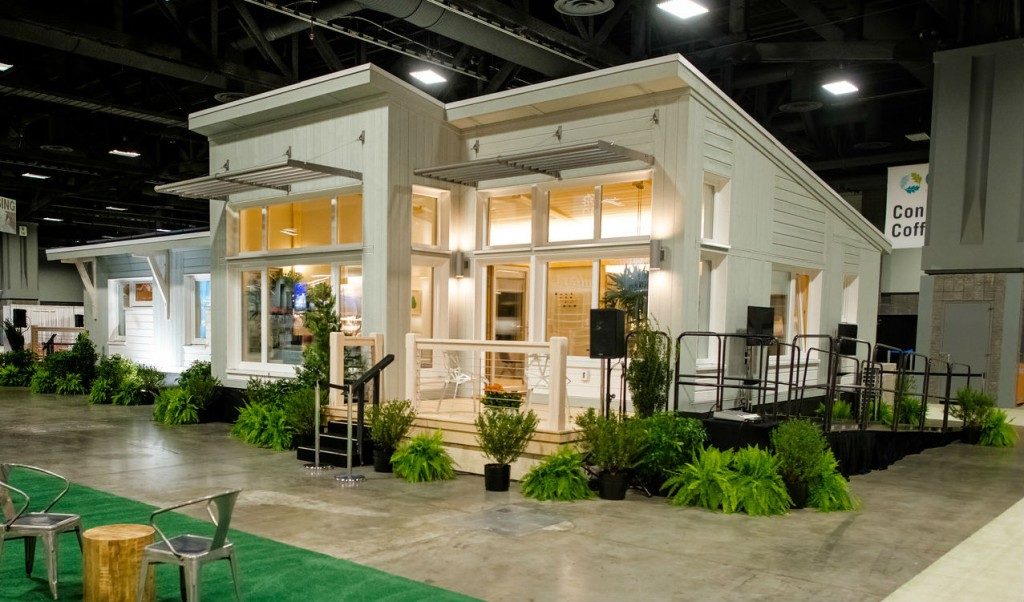
Many people are familiar with the LEED rating system, which stands for Leadership in Energy and Environmental Design. Originally conceived in the mid-1990s by the United States Green Building Council (USGBC), the LEED system has over the years become one of the most widely-used green building benchmarks in the US. The LEED system has evolved to include programs aimed at specific building types and construction scenarios. Unity, a Bensonwood brand, has built eight LEED-certified homes to date, and many more that are considered “LEED certifiable.” One of Unity’s most recent projects, the Greenbuild 2015 Unity Show Home, is on track for LEED Platinum designation — the highest level. As successive improvements to the LEED program have been developed in response to criticisms related to energy performance and other factors, LEED has cemented its position as the standard, at least for commercial buildings, in the US.
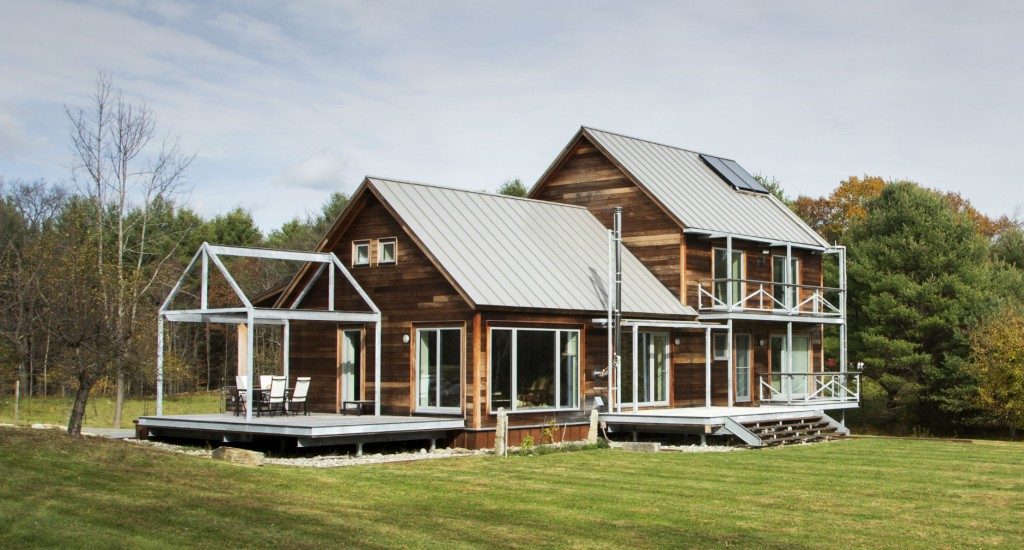
The stringent Passive House standard originally developed in Germany has gone from being a fringe player in the US to garnering increasingly broad support. The Passive House built by Bensonwood in Vermont in 2010 demonstrated the wisdom of using off-site construction techniques to clear such a high bar. A key to the performance of Passive Houses is the air-tightness requirement of 0.6 ACH50, a standard that Unity hits regularly with its homes (ACH50 is “air changes per hour” at a depressurization of 50 Pascals).
Sam Rashkin, who was key to developing Energy Star for Homes when he was at the EPA, is now championing a US Department of Energy program called Zero Energy Ready Homes (ZERH) that we at Unity are planning to adopt. This program takes a holistic approach to establishing standards for homes that would be considered “ultra-high performance” from a conventional perspective, but that we at Unity call “typical.” Our homes are designed, engineered and built to be Zero Energy Ready: with the addition of a modest solar electric system, they produce as much energy as they consume.
While the Zero Energy Ready capability of Unity Homes is impressive, some green building thought leaders suggest that this standard does not go far enough. The Living Building Challenge is based on the notion that buildings should not just have a net zero impact on the environment; rather, they should be net positive in terms of energy, water and waste, and they should contribute to the resiliency of the communities in which they are located. Bensonwood recently provided the engineered timber structure to a new building at Hampshire College that has been designed and engineered to meet the criteria of the Living Building Challenge.
As the environmental impact of buildings is increasingly recognized and quantified, Unity Homes will continue to work at lowering the cost of homes that are highly rated, comfortable for the inhabitants and easy on the planet.
